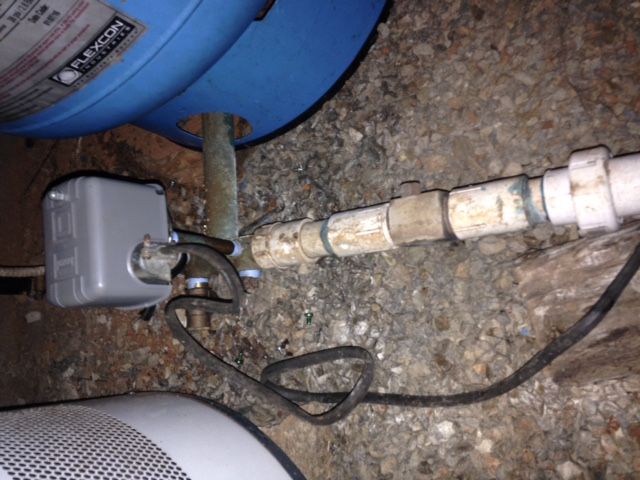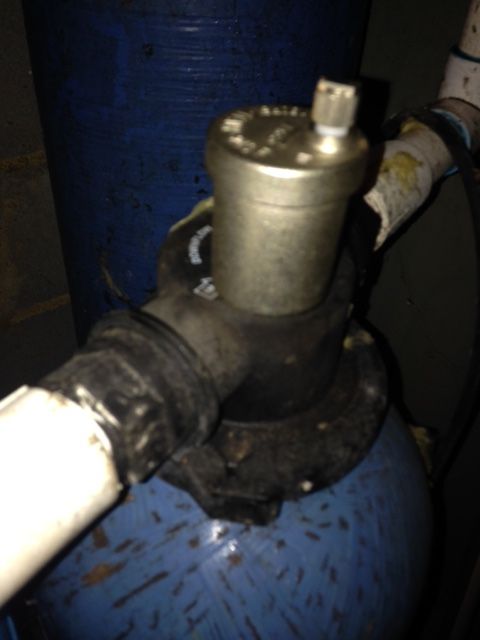Chandra Combs
New Member
The air is injected my the micronizer. It is that rectangular item with the hex cap on its side that Reach4 described the function of. In the center of the hex cap is a bypass valve that can be adjusted with a slotted screwdriver. The bypass valve regulates how much air the micronizer sucks in.

The solution is not to reduce the amount of air sucked in but rather to fix the item that is supposed to remove the air downstream. As Reach4 surmised, it is probably that item on the top of the tank.

You agreed with his prognosis so why the sudden reversal. I am simply supporting Reach4's prognosis.
BTW, micronizers and air removers are high maintenance items so I am surprised they worked for 15 years on neglect.
It has not been neglected. The well company has been here several times and checked the system along with working on other things (like the pressure tank). But, I will admit that I haven't called them out here on a yearly basis to service this system. It was working just fine, so I thought everything was OK. But, they will be here shortly, so I'll report back what they find. Thanks for the replies!
Last edited:
